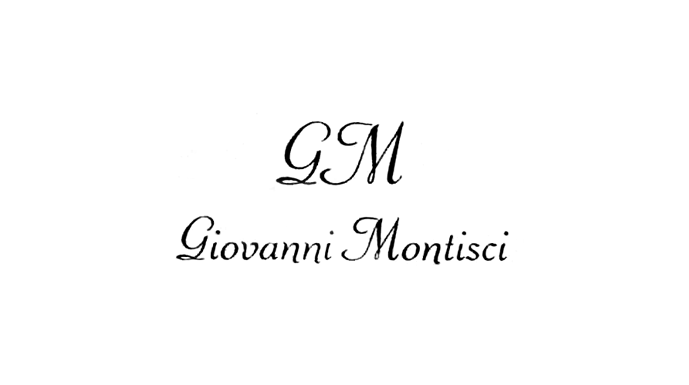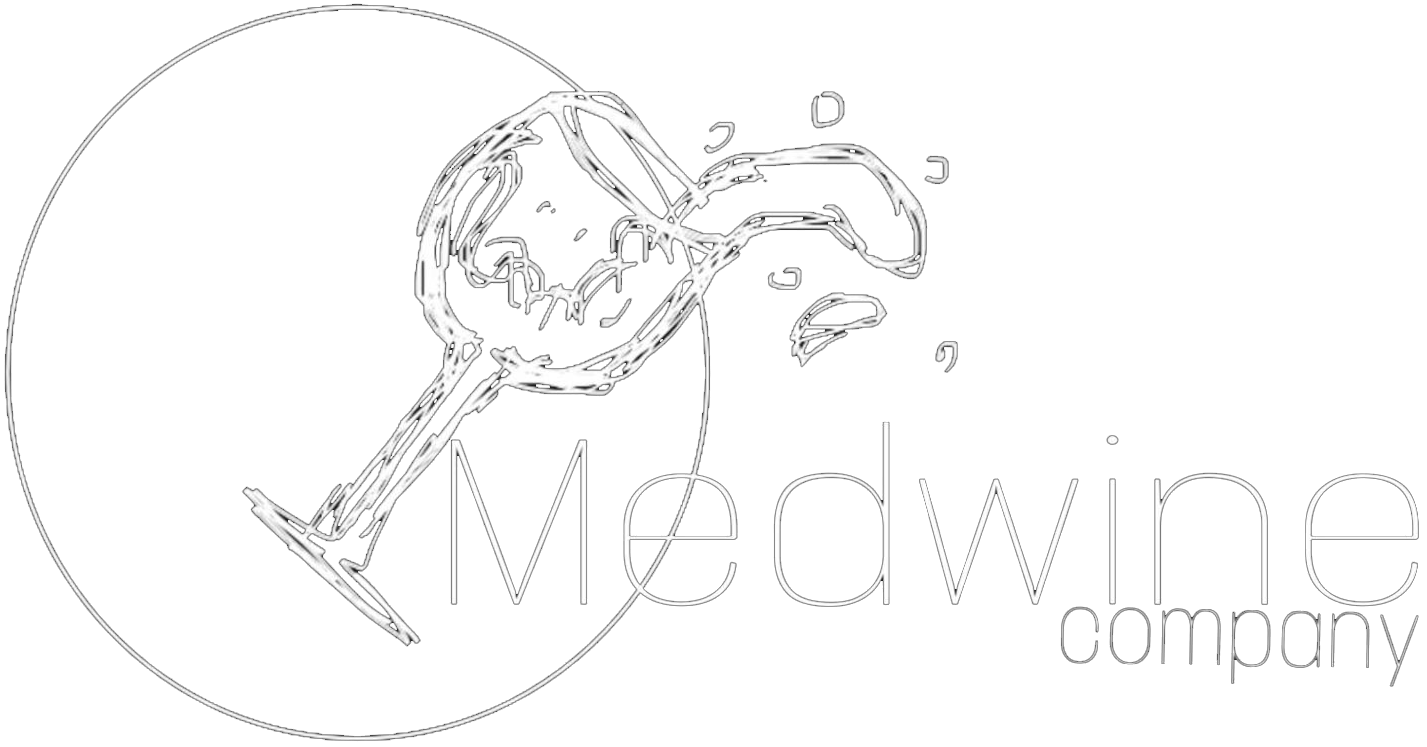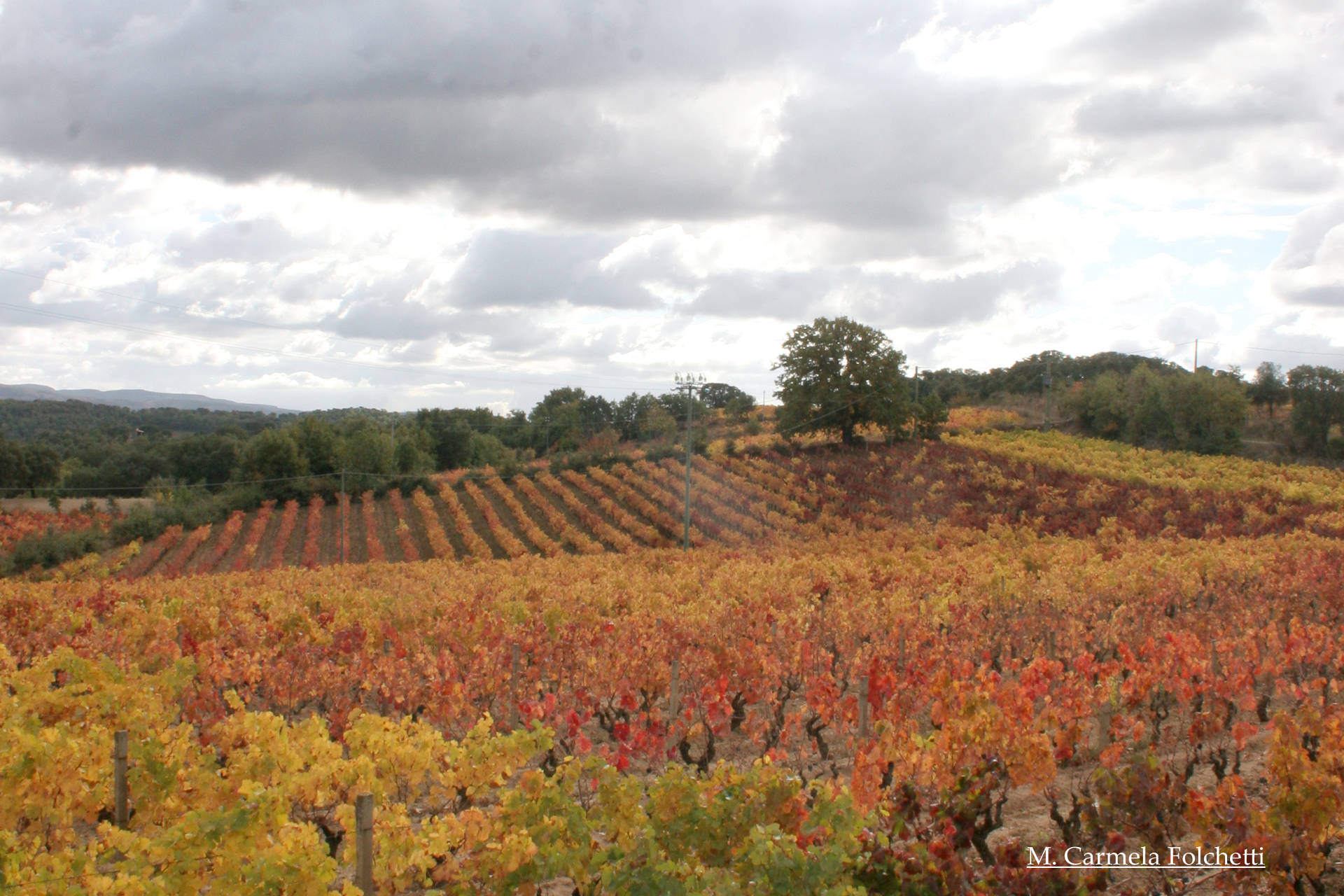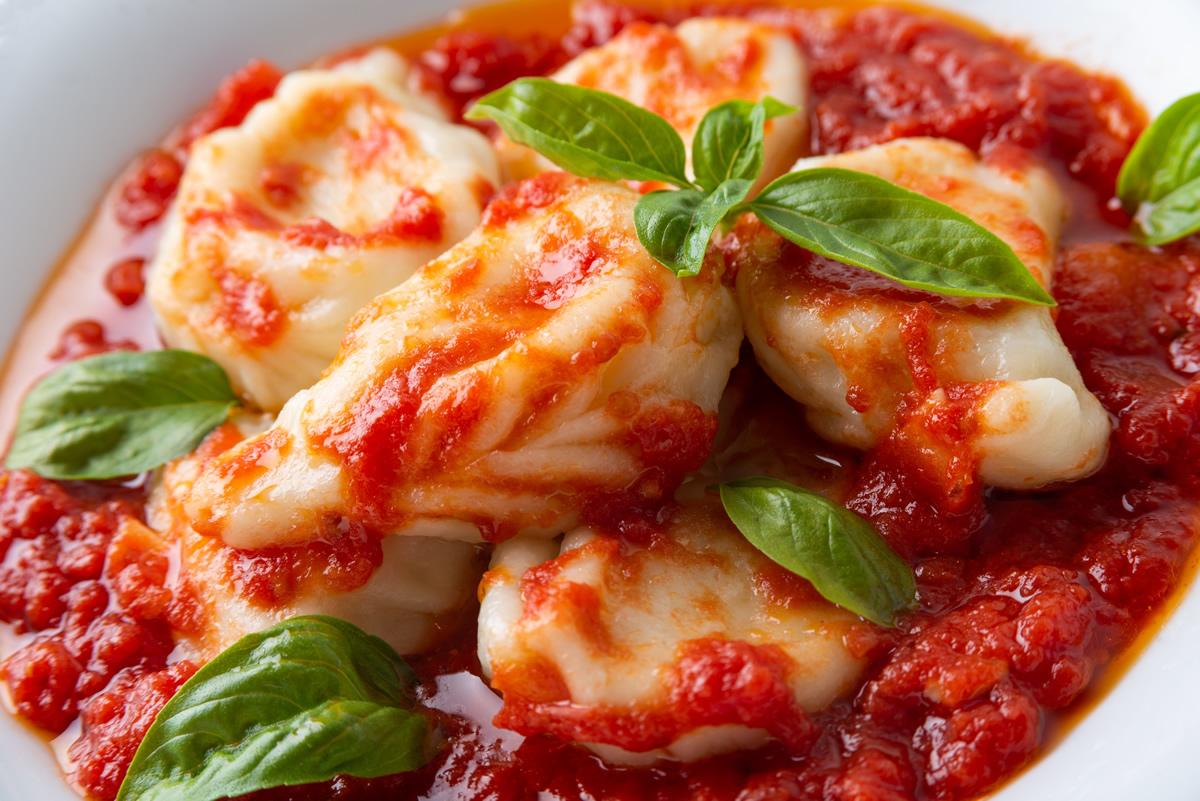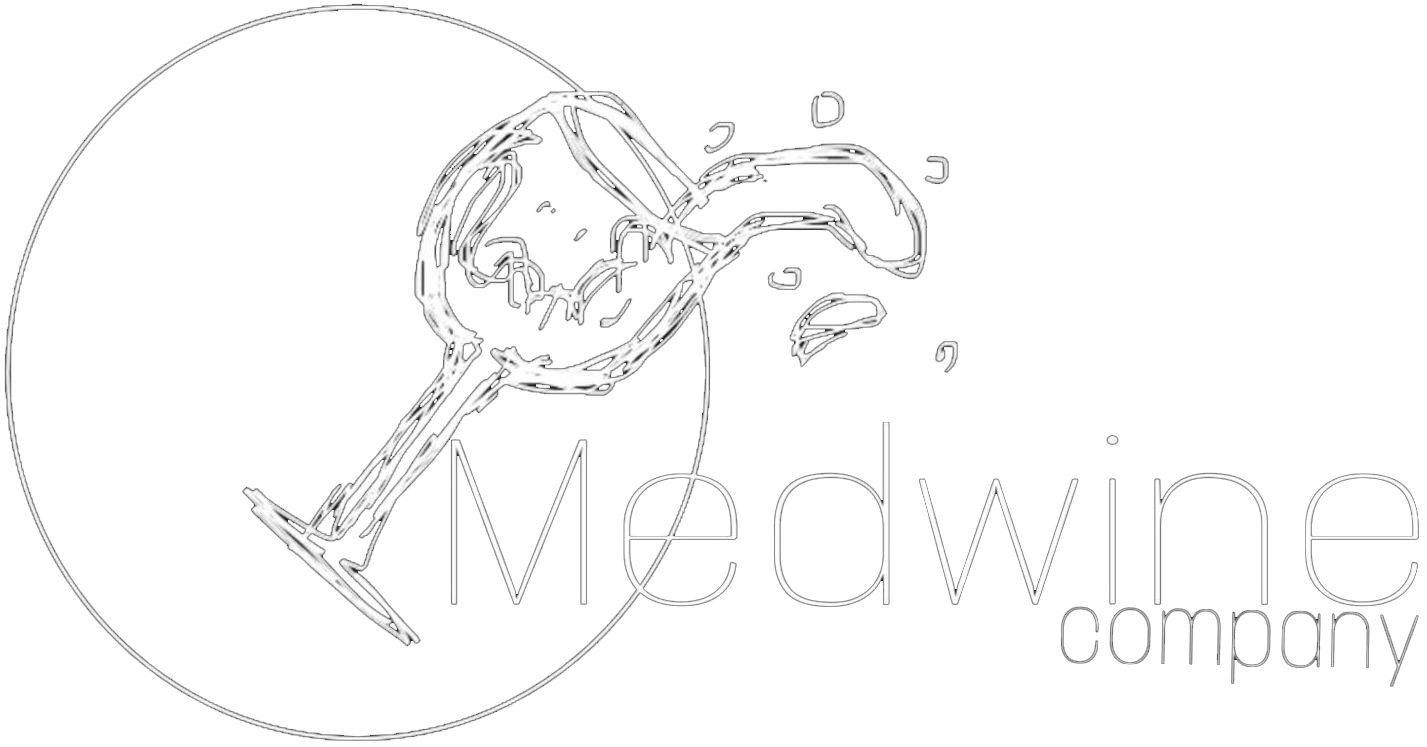Barbagia, a rugged and enchanting region in the heart of Sardinia, Italy, unveils a world where time seems to stand still. This remote and picturesque land is a treasure trove of history, geography, geology, culinary traditions, and wines that have evolved over centuries. Exploring Barbagia is like stepping into a living canvas where each facet contributes to an intricate tapestry of culture and identity.
Barbagia, a rugged and enchanting region in the heart of Sardinia, Italy, unveils a world where time seems to stand still. This remote and picturesque land is a treasure trove of history, geography, geology, culinary traditions, and wines that have evolved over centuries. Exploring Barbagia is like stepping into a living canvas where each facet contributes to an intricate tapestry of culture and identity.
History: Barbagia’s history is steeped in ancient traditions and the resilient spirit of its people. The region’s name, which means “land of barbarians,” harkens back to a time when it was considered a remote and wild territory. This reputation is far from the truth today, but it reflects the historical challenges the Barbagian people faced from invaders and isolation. The locals’ strong sense of identity and cultural preservation are evident in their crafts, festivals, and ways of life.
Geography: Barbagia’s geographical charm lies in its untamed landscapes. Nestled between the Gennargentu mountains and vast plateaus, it’s a realm of towering peaks, deep valleys, and dramatic gorges. The region’s terrain has shaped its unique character and isolation, leading to the emergence of distinct dialects and traditions. The untamed beauty of Barbagia has also made it a magnet for those seeking authenticity in a fast-paced world.
Geology: Barbagia’s geology is as diverse as its landscapes. The Gennargentu mountains, with their ancient granite and limestone formations, tell tales of geological epochs. The region’s mineral wealth, including lead and zinc, has contributed to its historical significance. The interaction between geology and human endeavors is evident in the traditional architecture, built from locally sourced materials that blend seamlessly with the environment.
Food: Barbagia’s culinary tradition is rooted in the land’s bounty and the ingenuity of its inhabitants. Traditional dishes like culurgiones (handmade pasta filled with potatoes and mint) and porceddu (roasted suckling pig) reflect the pastoral and agrarian nature of the region. The harsh landscape also contributes to the distinctive flavors of wild game and herbs, making Barbagian cuisine a reflection of harmony with nature.
Wine: Barbagia’s winemaking heritage might be lesser- known than other Italian regions, but it’s equally rich. The rugged terroir and altitude contribute to the unique character of the wines. Cannonau, a red grape variety, thrives here, producing robust and complex wines. The island’s long winemaking history is reflected in Barbagia’s traditional wine-making techniques and the celebration of local grape varieties.
WINERIES
